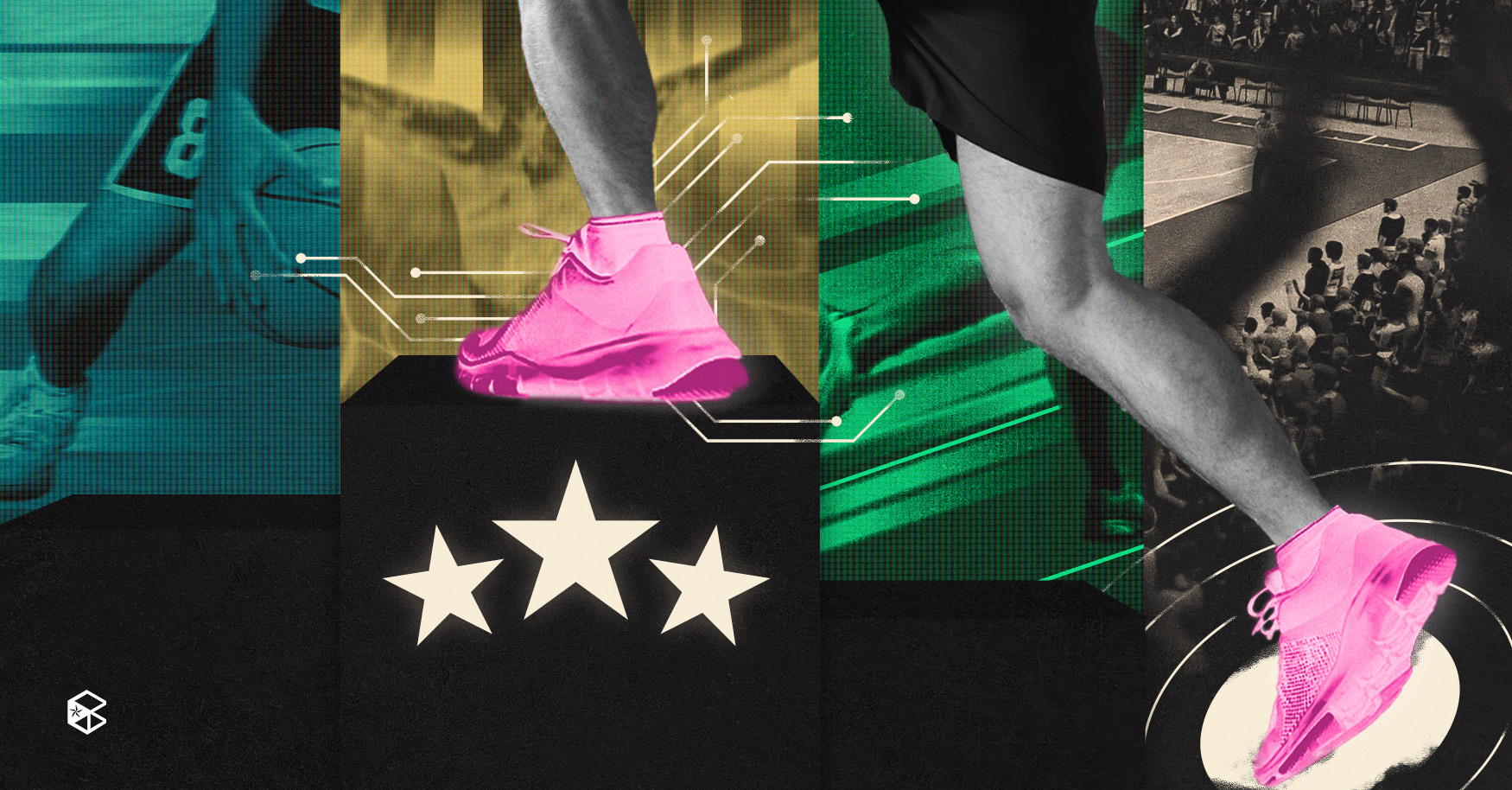Talent and training may build an athlete, but it’s technology somewhat tilting the scoreboard. As innovations become more accessible, questions of equality and advantage loom, especially in collegiate sports where resources are anything but equal.
Traditionally, “doping” in sports has meant the use of banned substances. Today, a new edge is emerging: technological doping; where advanced clothing, equipment, or devices push performance beyond natural ability. Records now fall to skilled athletes but also to smarter gear.
Sports federations worldwide have been forced to decide where innovation ends and unfair advantage begins. In the Philippines, however, collegiate leagues like the National Collegiate Athletic Association (NCAA) still have no clear policies on the matter, leaving a blind spot that could redefine competition and the very integrity of sports.
Super Suit Season
For Coach Stephen “Pen” Fernandez, Olympic medalist and current Director of the Center for Sports Development at Benilde, the idea of technology as a form of doping is new. “I know there’s always talk about performance-enhancing drugs. But now you’re talking about equipment—so kumbaga, it’s changing the landscape if these things are not monitored or regulated,” he expressed in an exclusive interview with The Benildean.
The swimming world learned this lesson the hard way. In 2008, Speedo released the LZR Racer, a full-body swimsuit designed to reduce drag and boost buoyancy. Michael Phelps broke seven world records and clinched eight gold medals at the Beijing Olympics, wearing the “super suit,” along with other swimmers who shattered records at unprecedented rates.
By 2010, World Aquatics banned the suits, and records set during their use stand as a reminder of how technology can disrupt sports.
The Playbook: RA 10676
While international bodies have had to grapple with the waves made by innovation, the Philippines so far has focused on protecting the amateur spirit of collegiate competition.
Republic Act 10676, or the Student-Athletes Protection Act, serves as the baseline protecting college athletes in the Philippines. It guarantees essentials such as uniforms, proper gear, and living allowances, while also upholding rules against exploitation and commercialization.
On the broader front, lawmakers have also moved to strengthen anti-doping safeguards. House Bill 7927, filed during the 19th Congress in 2023, seeks to align with the International Convention Against Doping in Sports and the World Anti-Doping Code. Meanwhile, Senate Bill 2950, filed in January 2025, established the Philippine National Anti-Doping Organization, which now monitors compliance and guards the integrity of all levels of sport.
However, these efforts focusing on substances and governance leave a gray area when it comes to performance-enhancing technologies.
In the Gray Zone
Internationally, some federations have moved to address tech doping directly. Both World Athletics and World Aquatics, the international governing bodies for track and field and swimming respectively, have outlined rules restricting any advantage from gear “not otherwise available,” and requiring approval for all competitive equipment.
The United States NCAA aligns with these policies but the Philippines is yet to catch up. As Coach Pen emphasized, “Fair play is the most important thing in any sport or field of competition. If anyone has equipment to enhance performance, it should be declared—for transparency and protecting the integrity of the game.”
As these technologies become more advanced, the inequalities they create widen too. The absence of regulation leaves leagues like the NCAA in a gray area, where schools with deeper pockets could outfit their athletes with cutting-edge gear while others are left to catch up. The result may not be just an uneven playing field but a question of what should count as fair competition.
Closing the Gap
For Coach Pen, though, it’s not a matter of if the NCAA will act, but when. “Surely, these things would have to be discussed as it becomes more popular later on, or more concerning. But definitely, the NCAA will be fair, will judge accordingly, consult, when it comes to [competing fairly and equally in all various events].”
Still, Fernandez acknowledged the reality that some schools can provide better coaches, more advanced equipment, and even mental wellness support, while others struggle to keep up. “These athletes are privileged. They should be thankful, grateful that the school can provide them with these. And for the others who don’t, we hope that eventually they’d also be able to find ways to support their athletes who are representing them proudly.”
At the core of his position is balance: “As the saying goes, you can’t stop progress and technology, but we can at least regulate to maintain the level of and competitiveness,” he emphasized.
With sports technology inevitably growing more mainstream, the challenge for leagues like the NCAA becomes clear: to keep pace with technology without letting it outrun fairness.


